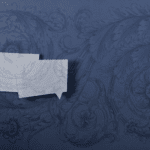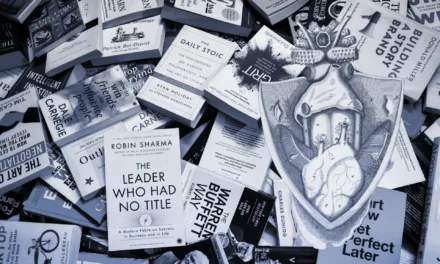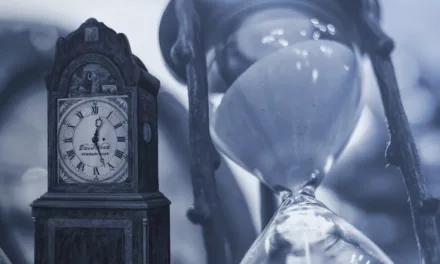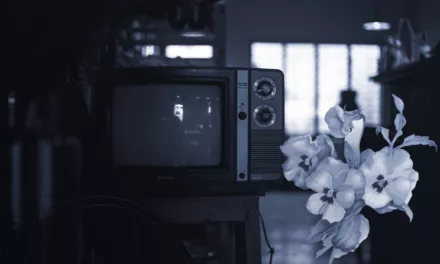
A Guide to Writing Tenses for Creative Writers

Picking the right tense for the story you want to tell is an often overlooked part of narrative development. Writing tenses consistently is crucial in creative writing because it establishes when events occur, provides a sense of immediacy or distance, and impacts the storytelling style. It shapes the mood of your story and influences how your audience engages with it.
Understanding tenses
Before diving in, let’s clarify what a tense is. Tense is a grammatical structure that signposts when an action, event, or state of being occurs. There are three types of tense:
- Past Tense: Events have already happened. Example: “She danced in the garden.”
- Present Tense: Events are happening right now. Example: “She is dancing in the garden.”
- Future Tense: Events haven’t happened yet. Example: “She will dance in the garden.”
Tenses tell you when the action described by the verb happened. In the context of narrative, it plays a crucial role in setting the time frame and perspective of the story and will play a huge role in determining your narrative voice.
Using past tense
Past tense is, without a doubt, the most common tense that writers default to. It’s also the easiest to slip into accidentally. Lots of contemporary fiction is written in the past tense, and it’s especially favoured in genre fiction. It’s often used to give a sense of reflective distance from the events being narrated, making it ideal for storytelling that is rich and detailed and is most commonly paired with an omniscient narrator.
Writing in the past tense gives readers a vantage point of experience, allowing them to explore characters and past events with a bird’s-eye view.

Why is past tense useful?
Narrative control: Since past tense narrates events that have already taken place, it can help both the writer and the reader feel more in control. The past tense assures readers that the events are resolved, and gives the writer the opportunity to delve into deeper world-building as the narrative voice has more potential context available.
Reflection and history: Past tense creates a narrative space that allows for deep introspection and reflection on the world’s history. The usage of past tense provides a mirror to view and reflect upon these events, enhancing the overall narrative depth.
Backstory and context: Past tense is an excellent vehicle for delivering backstory or historical context. It can significantly contribute to character development, offering precious insights into a character’s past decisions and the experiences that shaped them.
Time manipulation: The past tense allows you to compress or expand the way you represent time in your story. For example, an entire year can be summed up in a few sentences if it’s not relevant to your story, or a single moment can be drawn out over pages.
Using present tense
As opposed to past tense, writing in the present tense provides a sense of immediacy to any story. It brings readers straight into the pulse of the action, creating an atmosphere of direct participation.
To a reader, events are happening in real-time, fostering a sense of connection and involvement in the story. Present tense is especially popular in young adult fiction and crime or thriller genres, and is usually written in the first person.

Why is present tense useful?
A sense of immediacy: Present tense gives readers the feeling that they are witnessing the events at the same moment as the characters are experiencing them.
Connect with characters: The present tense can help establish a direct bond between the reader and the characters. Readers are more likely to feel invested in characters’ lives and actions if they share the experience.
Driving action: The present tense can be an excellent choice for narratives heavy on action or unfolding drama. The immediacy of the present tense can contribute to a heightened sense of tension and urgency.
Character-driven storytelling: Present tense is particularly suitable for exploring a character’s consciousness or internal thoughts. It allows you to delve into the character’s mind and present thoughts, feelings, and reactions as they happen.
Using Future Tense
Books written in future tense are incredibly rare, but it can be a really useful way to represent a point of view switch. By its nature, future tense is used for indicating events that have not yet occurred and creates an atmosphere of anticipation and suspense that is especially useful for foreshadowing.

Why is future tense useful?
Foreshadowing: Foreshadowing serves to build anticipation, create suspense, and engage the reader’s curiosity. By planting seeds for upcoming plot developments, you can encourage readers to make connections and predictions, enhancing their engagement with the narrative.
Building suspense: By indicating something that will happen in the future, you can add a sense of suspense and uncertainty to your narrative, keeping your readers on their toes. Is it prophecy, assumption, or simply a character’s overactive imagination?
Show character intentions: Future tense can be used to describe a character’s intentions or plans giving insight into their mindset and goals. It can also be a great way to show character development as those intentions change as they learn and grow.
Evolving the narrative: Future tense can introduce changes or developments in a storyline. It alerts readers to important shifts that are on the horizon and can help signpost time skips.
Mixing Tenses
While it’s essential to maintain consistency in tense usage throughout your narrative, there are instances where you can switch tenses. Mixing tenses, if done correctly, can make your stories incredibly deep and rich, and give your characters unique narrative voices.
There are lots of examples of mixed tenses in published works, especially when chapters are told from a different character’s perspective at different periods of time. A.S. Byatt’s novel, Possession, for instance, has a split-time focus. The main narrative is told in the past tense by an omniscient narrator, while the sections focused on the past are often written in the present tense, first-person, in the form of letters.
Another example of mixed tense within a single narrative is Ted Chiang’s novella, Story of Your Life. Chiang seamlessly mixes both past and future tenses with a first-person narrative voice to show the non-linear time that his main character experiences.

Why is mixing tenses useful?
Backstory or flashbacks: If you’re writing in the present tense and need to refer to something that happened prior, switch to the past tense. This transition from present to past is a commonly accepted way to insert a flashback or give some backstory.
Foreshadowing: If your narrative is set in the present or past tense, and you want to indicate something that will happen in the future, shift to the future tense for something that will happen. This can help to build suspense or foreshadow events.
Changing perspective: Changing tenses can sometimes signify a change in perspective or narrative voice. Examples might be a character who exists at a different time from the protagonist, or when writing documents in epistolary fiction.
Mixing tenses is common, and there’s no reason you shouldn’t do it, proving your transitions are smooth and logical. Make sure you’re mixing tenses for a purpose and that it benefits the story.
Writing tenses isn’t as difficult as it may first seem. We use tenses every day naturally as part of speech. While consistency is key when maintaining narrative voice, it’s important to remember that you can play around with tense for interesting narrative effect. Whatever you do, just make sure you choose the option that best serves your story.




























